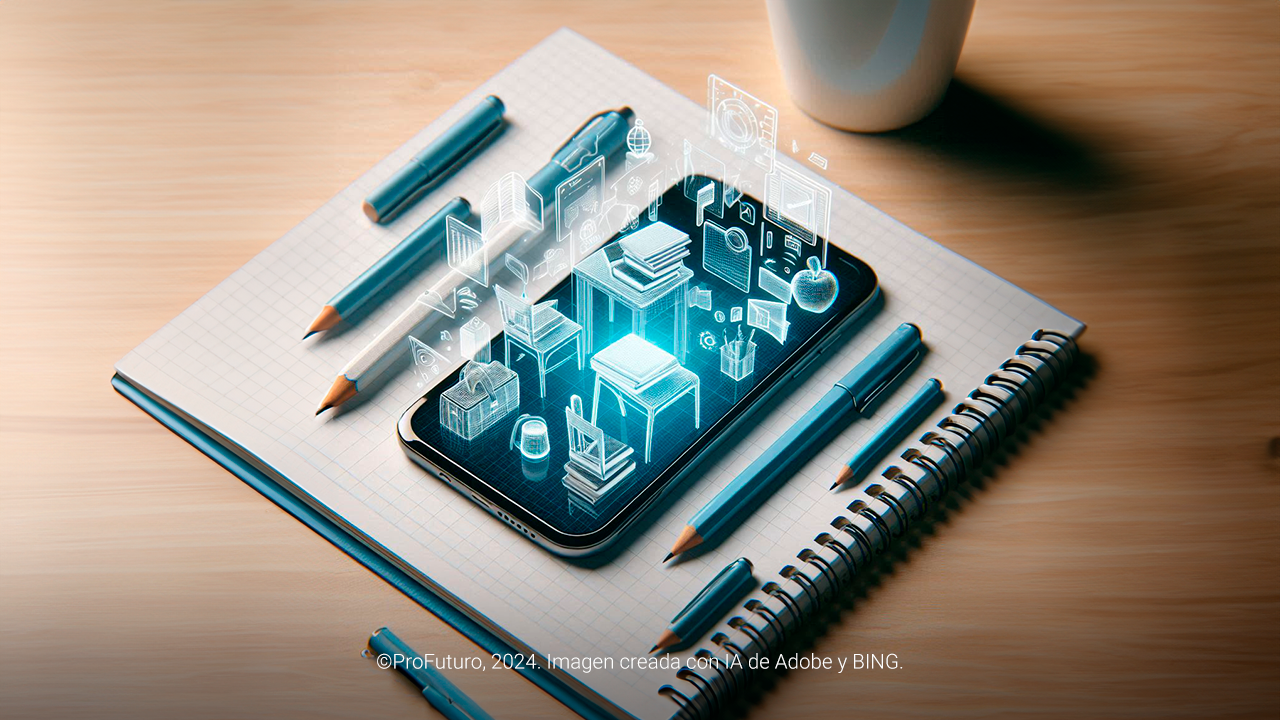In recent years, I have had the opportunity to work intensively at the intersection of technology, education, and digital well-being. My work as a professor of Cybercommunication and New Media at Camilo José Cela University in Madrid, as well as my experiences in training projects for families and teachers, has allowed me to observe closely the impact of digitalisation on the lives of new generations. That is why, now more than ever, I believe digitalisation is not an option but an inevitable reality that is transforming our lives. Of course, this transformation brings with it both unparalleled opportunities and challenges that we must address responsibly.
It is precisely in the field of education that this reality becomes most significant. Technology has permeated all corners of our lives, and the classroom is no exception. Digital platforms, mobile devices, and online learning tools have reconfigured the way we teach and learn. But how can we harness these technologies without falling into excessive or inappropriate use? How do we ensure that children and adolescents develop a healthy and critical relationship with digital devices? In this article, we will explore how digitalisation is changing education and how we can educate new generations to navigate this environment safely and responsibly.
An Inevitable Change

Today’s world is deeply influenced by technology, and this change is becoming especially evident in education. From classrooms to homes, digitalisation has transformed the way young people learn and access information. Mobile devices, educational apps, and online learning platforms have opened up new opportunities for students to access knowledge in more flexible and personalised ways. In my experience as a teacher and trainer, I have seen how technology has enabled children to learn at their own pace, explore new topics, and use resources that were previously out of reach.
Paradoxically, this progress contrasts with the little interest students show in technology-related careers, the so-called STEM disciplines (Science, Technology, Engineering, and Mathematics). Despite technology being set to become one of the main driving forces of the future job market, only a small percentage of students choose these disciplines. This is a problem that affects not only the individual opportunities of students but also the economic and technological development of our societies.
Education’s response to this challenge cannot be to turn its back on technology and shut it out of classrooms, but to promote its use alongside the development of critical technological skills. We need to educate new generations not only to be consumers of technology but also to become creators, innovators, and leaders in the digital realm.
The worst part is that this false sense of competence has led some parents and educators to relax their supervision over how children use screens.
Debunking the Myth of “Digital Natives”
One of the most popular concepts in the discussion about young people and technology is that of “digital natives.” This term, coined by Marc Prensky in 2001, has been used to describe generations that have grown up surrounded by electronic devices and connected to the digital environment since birth. According to this view, today’s children and adolescents would have a natural advantage in using technology compared to previous generations.
However, this concept is misleading and harmful because, while it is true that young people today are much more familiar with technology than previous generations, this does not mean they are experts in its use. In fact, most children and adolescents lack the necessary skills to use technology critically and responsibly.
The worst part is that this false sense of competence has led some parents and educators to relax their supervision over how children use screens. However, just because young people feel comfortable using digital devices does not mean they understand the risks involved or know how to protect their privacy or manage their screen time appropriately.
Technology in Education: Opportunities and Risks
It is undeniable that technology has brought a wealth of opportunities to education. One of the greatest advancements has been the ability to personalise learning. Through educational platforms and digital tools, students can learn at their own pace, access materials tailored to their needs, and explore topics that interest them more deeply.
During the COVID-19 pandemic, when schools around the world were forced to close their physical doors, technology allowed learning to continue remotely. It was a clear reminder of the importance of digitalisation in education and how it can ensure educational continuity in times of crisis. Without access to digital tools, millions of students would have fallen behind, and many would have lost months, if not years, of academic progress.
Moreover, technology has democratised access to information. Today, any student with an internet connection can access digital libraries, online courses, and educational resources from around the world. Physical borders are no longer a barrier to learning, and this has opened invaluable opportunities for young people, especially in communities that were previously excluded from these resources.
Technology has also fostered collaboration and creativity. Applications such as Google Classroom or Microsoft Teams allow students to work together on projects, share ideas, and solve problems collaboratively, even when they are in different locations. On the other hand, tools like 3D printers, programming, and robotics have enabled students to create their own projects and develop skills that were previously unimaginable in a traditional classroom.
It is also true that technology is not without risks. One of the main problems is the overuse of digital devices, especially among children and adolescents. Studies have shown that excessive screen time can have negative effects on the physical and mental health of young people, such as sleep problems, anxiety, depression, and lack of concentration.
The uncontrolled use of social media and video games has also been a cause for concern. Digital platforms are designed to be addictive, to keep users connected for as long as possible. This phenomenon is particularly problematic among teenagers, who often spend hours connected to their devices, which can have negative consequences for their emotional well-being.
Another major risk is exposure to inappropriate content. Children and adolescents may encounter false, violent, or sexually explicit information while browsing the internet or using social networks. Additionally, a lack of education on cybersecurity and privacy can put their personal information at risk and make them vulnerable to cyberbullying or grooming.
Digital Literacy: An Educational Priority
To prepare future generations for the digital world, it is crucial to make digital literacy a priority in education. This does not just mean teaching students how to use technological tools but also helping them develop critical skills that will allow them to understand and evaluate digital content appropriately.
Towards a Responsible Digital Society
We are at a turning point in the history of education and technology. Digitalisation has brought with it a wealth of opportunities, but it also confronts us with important challenges. We cannot afford to reject technology or revert to exclusively analogue methods. Instead, we must embrace the potential of technology but do so critically, responsibly, and consciously.
If we succeed in educating future generations on the safe and balanced use of technology, we will be building a society better prepared to face the challenges of the future – a digital society where everyone, regardless of their background, can access the opportunities that technology offers.






